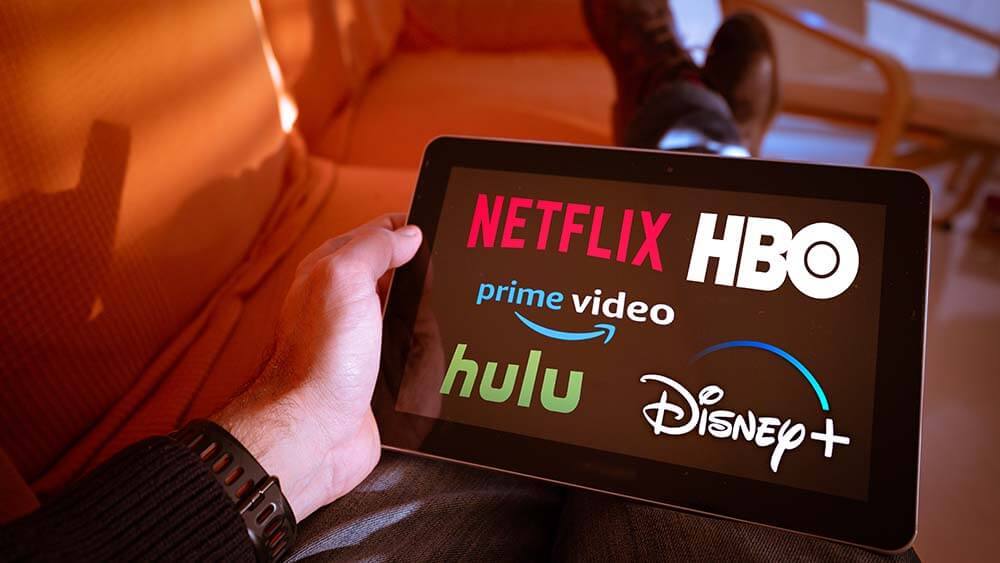
Connected TV services such as Netflix, Hulu, and Disney+ are good options for marketers looking to advertise their events.

Joe Mathieu
Earlier this year, the “Great Resignation” was renamed the “Great Reshuffle.” Millions of Americans who left their jobs after the initial lockdowns ultimately decided to change industries and occupations. In light of this major trend and a large retiring workforce, event organizers must continue to prioritize finding and appealing to prospective trade-show and conference attendees who may not be aware of their events.
While tried-and-true digital media strategies such as paid search and social media are still vital to the success of a marketing campaign, these platforms are most effective when targeting audiences who already are somewhat familiar with the brand or event.
How should you be thinking beyond the traditional so that you can identify and reach colder audiences who are aren’t? Consider using high-impact mediums once reserved only for consumer brands such as podcast channels, electronic billboards, and streaming services.
To see the value in this new approach, event marketers must rethink their tendency to speak to businesspeople only during work hours via so-called professional channels. When evaluating your digital media targeting mix going into 2023, consider the following:
Nontraditional B2B channels — Channels such as TikTok and Spotify — while not considered B2B platforms — can provide the volume of impressions necessary to drive brand recognition and are more cost-effective than traditional advertising.
Digital out-of-home advertising (DOOH) — The advent of DOOH combines the targeting and efficiency of digital media with the visibility of traditional out-of-home placements like bus stops, grocery stores, and overlooking busy business districts.
Connected TV (aka CTV, streaming TV, or STV) — Services like Amazon Prime Video, Hulu, and Paramount+ reach tens, and in some cases, hundreds of millions of subscribers. The two top companies in the field, Disney and Netflix, will be introducing ad-supported tiers in the coming months. CTV can deliver high-impact impressions for a fraction of the cost of television ads.
Historically, B2C brands leveraged high-visibility impressions on television, billboards, and popular websites to gain brand awareness. B2B companies, however, stayed away because of the costs, inflexibility, and lack of targeting options. (Read: Wasted impressions equal wasted money.)
Today, with opportunities such as CTV, digital billboards, and the popularity of video on social networks, high-value impressions are no longer too costly for B2B event organizers. Add to that the availability of B2B data relationships within these platforms and future event attendees become discoverable, regardless of where they may be spending their time online or offline.
3 Considerations
Event marketers interested in seeing if mediums typically reserved for consumer brands would fit into their mix should consider:
The total addressable market of an event — Events that serve tech professionals, content creators, manufacturers, retailers, restaurateurs, and other broad industries will likely have audiences much larger than events that serve very narrow, specialized niches. These channels might not be cost-effective for a smaller audience.
The marketing budget — As with any digital channel, it is imperative to commit to a digital spend significant enough to make an impact based on audience size and attendance goals. Keep in mind that any investment in generating event awareness will take longer to pay off than other digital media strategies.
The capabilities of your digital marketing team — If these options feel overwhelming, consider working with an agency to get started.
Joe Mathieu is group director of paid media at mdg, a marketing and public relations agency specializing in audience acquisition for B2B events.
On the Web
Read the Forbes article “The Great Resignation Becomes the Great Reshuffle.”
